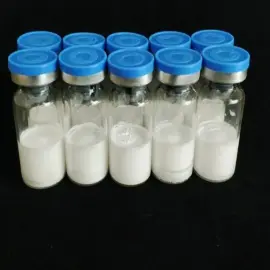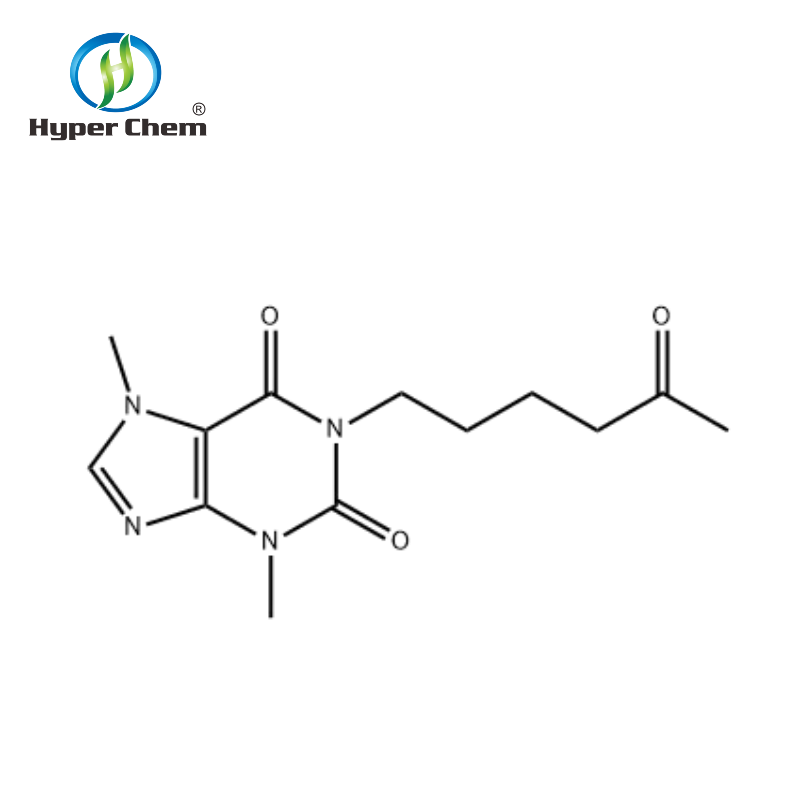-
Categories
-
Pharmaceutical Intermediates
-
Active Pharmaceutical Ingredients
-
Food Additives
- Industrial Coatings
- Agrochemicals
- Dyes and Pigments
- Surfactant
- Flavors and Fragrances
- Chemical Reagents
- Catalyst and Auxiliary
- Natural Products
- Inorganic Chemistry
-
Organic Chemistry
-
Biochemical Engineering
- Analytical Chemistry
-
Cosmetic Ingredient
- Water Treatment Chemical
-
Pharmaceutical Intermediates
Promotion
ECHEMI Mall
Wholesale
Weekly Price
Exhibition
News
-
Trade Service
Nicorandil, also known as iso-nitro-analog of nifedipine, is a pharmaceutical drug used for the treatment of angina pectoris and hypertension.
This drug belongs to a class of drugs called calcium channel blockers, which help to relax the smooth muscles in the walls of blood vessels, leading to dilation of the blood vessels and improved blood flow to the heart.
Nicorandil is a synthetic drug that can be prepared through various synthetic routes.
This article will discuss some of the synthetic routes of Nicorandil.
- The classical synthesis route of Nicorandil involves the condensation of 2,3-dimethyl-1,4-benzoxazepine-9-one with 2,2-dimethyl-1,3-dioxolan-4-one in the presence of a base such as sodium hydroxide.
This reaction leads to the formation of an intermediate known as 4,9-dioxo-1,2,3,4-tetrahydro-2-oxo-1H-benz[cd]imidazepine-2,9-dione, which is further cyclized to yield Nicorandil. - A more recent synthesis route of Nicorandil involves the use of microwave-assisted synthesis.
In this method, the condensation of 2,3-dimethyl-1,4-benzoxazepine-9-one with 2,2-dimethyl-1,3-dioxolan-4-one is carried out in the presence of a microwave-activated catalyst such as aluminum chloride.
This method accelerates the reaction rate and yields a higher yield of Nicorandil compared to the classical synthesis route. - Another synthesis route of Nicorandil involves the use of a novel and environmentally friendly protocol.
In this method, a Bi-functional reagent (BFR) such as 1,5-difluoro-2,4-dinitrobenzene is used to promote the condensation of 2,3-dimethyl-1,4-benzoxazepine-9-one with 2,2-dimethyl-1,3-dioxolan-4-one.
This method eliminates the need for harsh reaction conditions and produces Nicorandil in good yield. - In another synthesis route, Nicorandil is synthesized through a multistep reaction sequence.
This route involves the synthesis of the intermediate 2-(2-nitro-1H-benz[cd]imidazepin-9-yl)-4,9-dioxo-1,2,3,4-tetrahydro-2-oxo-1H-benz[cd]imidazepine-2,9-dione from 2,3-dimethyl-1,4-benzoxazepine-9-one and 2,2-dimethyl-1,3-dioxolan-4-one.
This intermediate is then further cyclized to yield Nicorandil.
In conclusion, Nicorandil can be synthesized through various synthetic routes, each with its own advantages and disadvantages.
The selection of a specific synthesis route will depend on the desired yield, cost, and environmental impact of the synthesis process.
Regardless of the synthesis route, Nicorandil remains an important pharmaceutical drug for the treatment of angina pectoris and hypertension.







